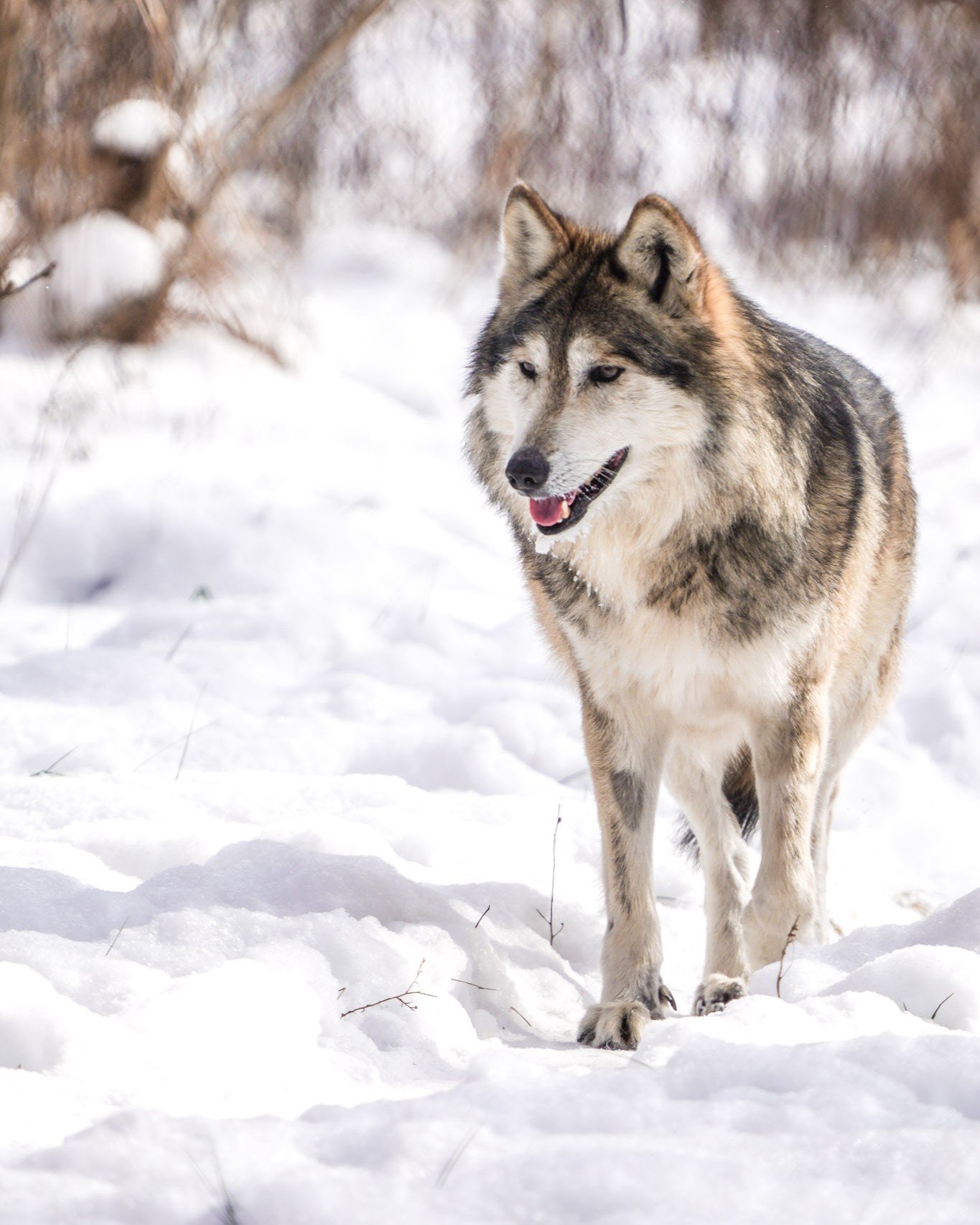- Understanding the ecological and behavioral adaptations of wolves during Michigan’s harsh winter months.
- The significance of zoological institutions in preserving and studying wolf populations.
- Effective strategies for wildlife conservation, focusing on initiatives that support wolf survival during winter.
- Insights into the relationship between climate change and its impact on wolf habitats in Michigan.
- Community engagement and educational efforts to promote awareness of Michigan’s wolf populations and their winter challenges.
Michigan winters often transform the landscape into a frigid canvas, particularly affecting its local wildlife. Amidst this icy backdrop, wolves epitomize resilience, employing unique strategies to thrive. As we explore this "Michigan Winter Wolf-derland," it’s vital to comprehend the ecological and behavioral intricacies that enable wolves to endure.
Wolves have evolved a range of physiological and behavioral traits that cater to the demands of snowy environs. Their double-layered coats trap warm air, providing an efficient thermal insulation. This dense fur works in conjunction with a dense undercoat, providing essential warmth even in sub-zero temperatures. Additionally, wolves’ metabolic rates rise during the winter to generate additional body heat, supporting survival in extreme conditions. As wolves navigate snowy terrains, their large paws distribute weight, acting almost like natural snowshoes. This adaptation allows for agility and energy efficiency, crucial for traversing vast landscapes in search of food.
The behavior of wolf packs shifts with the season as well. Winter is a critical time for social bonds within packs, as collaborative hunting becomes crucial for capturing large prey. The collaborative pack structure enhances the wolves’ hunting proficiency, relying on intricate communication systems and social hierarchies to succeed where lone predators might fail. This tactic not only assures survival but strengthens pack dynamics, vital during breeding seasons which overlap with winter months.
Zoological institutions play a pivotal role in supporting wolf populations, particularly during Michigan’s harsh winters. These facilities provide controlled environments where experts can observe wolves’ responses to varying conditions, offering insights into their coping mechanisms. Through effective habitat simulation, zoos contribute to understanding stress factors and health vulnerabilities that wolves face, thereby informing conservation strategies. Moreover, zoos serve as educational platforms, enlightening the public on wolves’ roles in ecosystems and the importance of biodiversity preservation. By housing wolves, these institutions provide genetic reservoirs vital for maintaining species diversity, thus playing a crucial part in global conservation efforts.
Conservation strategies specifically designed for wolves focus on creating sustainable habitats and mitigating human-related threats. Protecting natural territories is paramount, ensuring wolves have adequate space and resources to maintain stable populations. Efforts such as reforestation, anti-poaching laws, and initiatives to build underpasses and overpasses reduce road mortality and habitat fragmentation, crucial for wolves’ winter survival. Collaborative efforts between government agencies and non-profits often fund these conservation activities, which prioritize ecological balance and wolf protection. Ensuring adequate food supply through management of elk and deer populations is also a key factor, as it affects the wolves’ hunting success and overall health during the scarce winter months.
Climate change poses a significant threat to wolf habitats, altering landscapes and weather patterns essential for their survival. Warmer winters result in diminished snowfall and an increase in ice formation, disrupting the hunting strategies wolves have perfected over centuries. These changes can lead to prey scarcity and heightened competition, stressing wolf populations further. Research funded by conservation groups strives to predict and counteract these impacts, engaging in projects that seek to stabilize ecosystems and provide adaptive strategies for wildlife affected by shifting climates.
Educational outreach and community engagement are essential in promoting understanding and support for Michigan’s wolf populations. Programs aimed at schools and local communities highlight wolves’ ecological importance and the challenges they face during winter. These initiatives aim to debunk myths about wolves, fostering a culture of co-existence and conservation appreciation. Engaging citizen scientists in data collection and conservation activities helps build a network of informed advocates supportive of sustainable wildlife practices. Through storytelling, volunteering, and citizen science, communities become part of collective efforts to protect wolves, ensuring they continue to roam Michigan’s winter landscapes.
Addressing these topics not only deepens our appreciation of wolves but imparts critical lessons on wildlife resilience and the significance of conservation. By looking at the strategies wolves employ to survive, institutions committed to their welfare, and the shifting climatic forces they confront, a nuanced picture emerges. It’s a Michigan Winter Wolf-derland out there, challenging and inspiring all who study it to prioritize ecological stewardship and the protection of this iconic species.
*****
Source Description
It’s a Michigan Winter Wolf-derland out there, stay warm friends! ❄️🐾


